Sloppy or 'To Be Expected' Glaze?
missmuffet
13 years ago
Featured Answer
Comments (24)
maidielou
13 years agoRelated Professionals
Arcadia Kitchen & Bathroom Designers · Hemet Kitchen & Bathroom Designers · Forest Hill Kitchen & Bathroom Remodelers · Biloxi Kitchen & Bathroom Remodelers · Boca Raton Kitchen & Bathroom Remodelers · Los Alamitos Kitchen & Bathroom Remodelers · Southampton Kitchen & Bathroom Remodelers · Tulsa Kitchen & Bathroom Remodelers · Country Club Cabinets & Cabinetry · Christiansburg Cabinets & Cabinetry · Livingston Cabinets & Cabinetry · Parsippany Cabinets & Cabinetry · Salisbury Cabinets & Cabinetry · Eastchester Tile and Stone Contractors · Shady Hills Design-Build Firmskatsmah
13 years agoci_lantro
13 years agomarcolo
13 years agoidrive65
13 years agoCircus Peanut
13 years agosue36
13 years agoellendi
13 years agomarcydc
13 years agoelaineycabaney
13 years agopaintergirl94
13 years agorookie_2010
13 years agomissmuffet
13 years agodoonie
13 years agomarcolo
13 years agodoonie
13 years agomissmuffet
13 years agomissmuffet
13 years agoauzzy
13 years agomarcolo
13 years agodoonie
13 years agoallison0704
13 years agobrickeyee
13 years ago
Related Stories
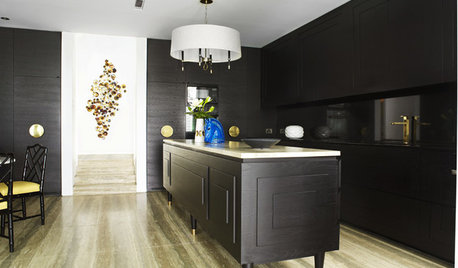
MOST POPULARTrend Watch: 13 Kitchen Looks Expected to Be Big in 2015
3 designers share their thoughts on what looks, finishes and design elements will be on trend in the year ahead
Full Story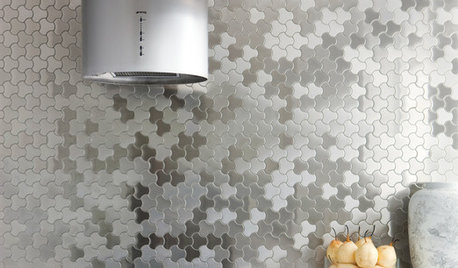
DECORATING GUIDESBling Where It’s Least Expected
Give your interior some sparkle and shine with metal tiles on a backsplash, shower or floor
Full Story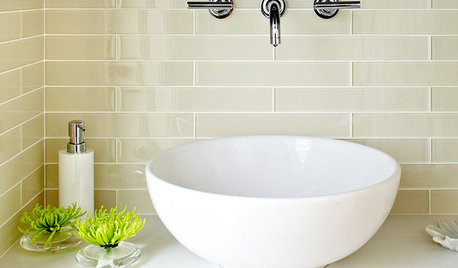
REMODELING GUIDESFinishing Touches: Pro Tricks for Installing Fixtures in Your Tile
Cracked tile, broken drill bits and sloppy-looking fixture installations? Not when you follow these pro tips
Full Story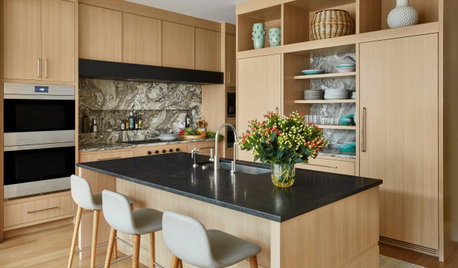
KITCHEN STORAGEStyle Your Open Kitchen Shelving Like a Pro
Follow these do’s and don’ts for arranging items on your kitchen shelves
Full Story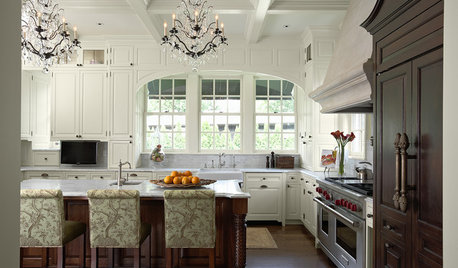
KITCHEN WORKBOOK15 Elements of a Traditional Kitchen
Small details take center stage with decorative moldings, glazed finishes, raised panels and more
Full Story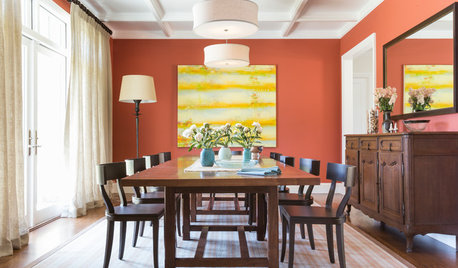
PAINTINGHow to Hire a Painter to Do Your Interiors
Here’s what to know about hiring a painting contractor and what to expect during the job
Full Story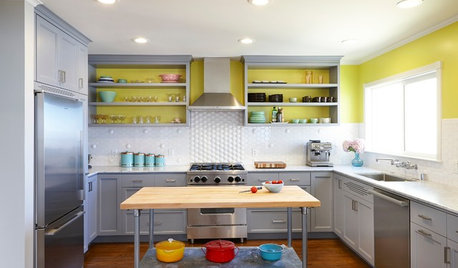
KITCHEN DESIGNKitchen of the Week: An 'Aha' Tile Moment in San Francisco
Design inspiration sometimes strikes in the place you'd least expect
Full Story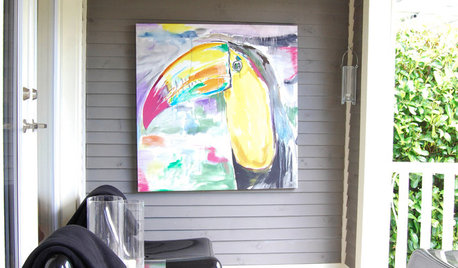
DECORATING GUIDES7 Unexpectedly Intriguing Places for Art
Elicit surprise and delight by displaying art in spaces where someone might least expect it
Full Story
REMODELING GUIDESBathroom Workbook: How Much Does a Bathroom Remodel Cost?
Learn what features to expect for $3,000 to $100,000-plus, to help you plan your bathroom remodel
Full Story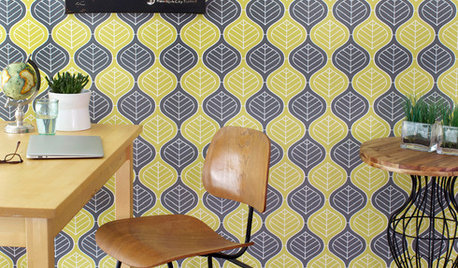
WALL TREATMENTSCan't Find the Right Wallpaper? Make Your Own
For one-of-a-kind walls, just use your imagination. Custom wallpaper is easier and less expensive than you might expect
Full Story






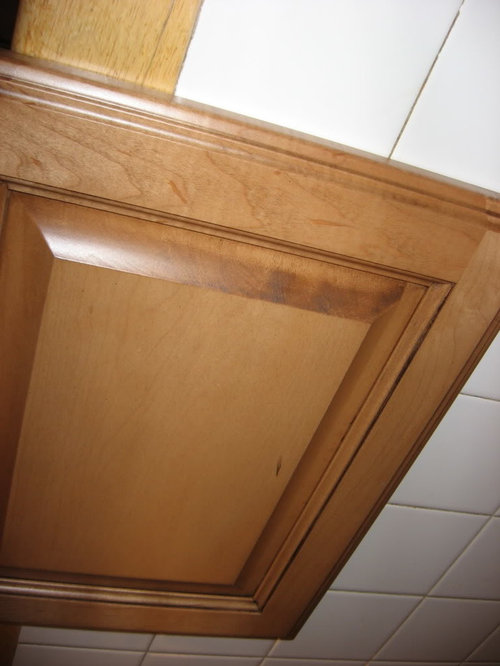
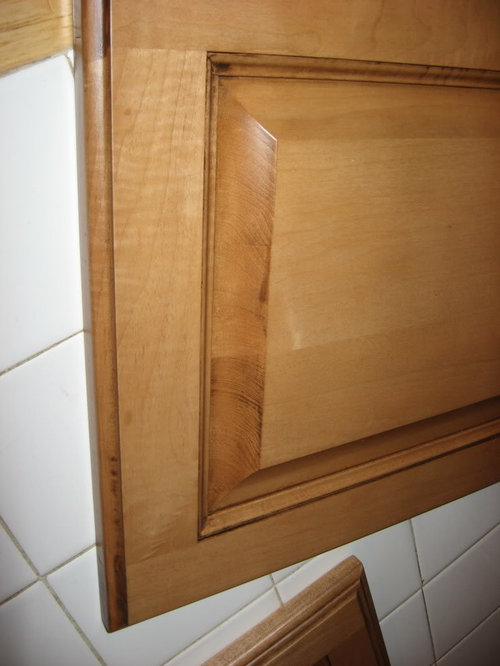




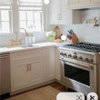
live_wire_oak